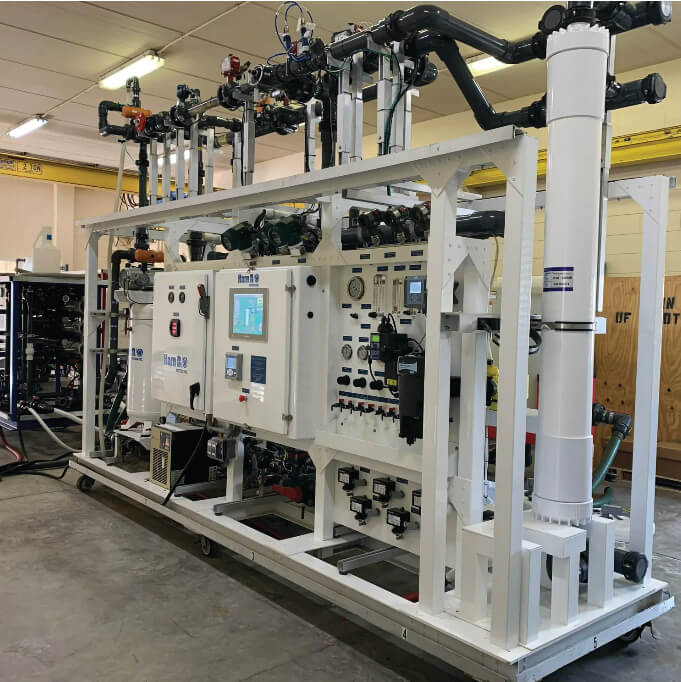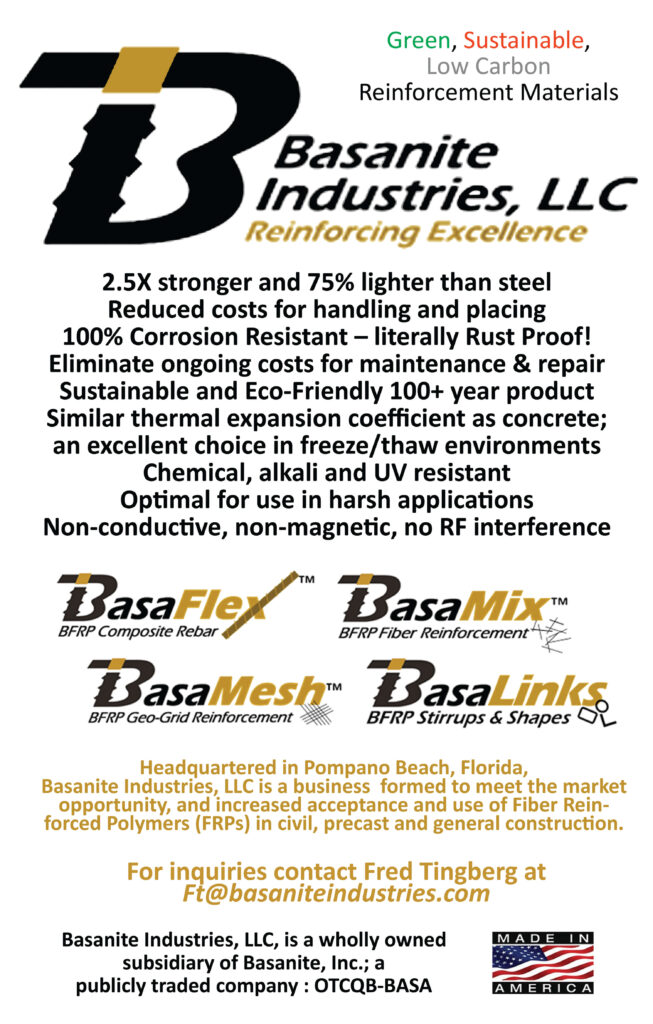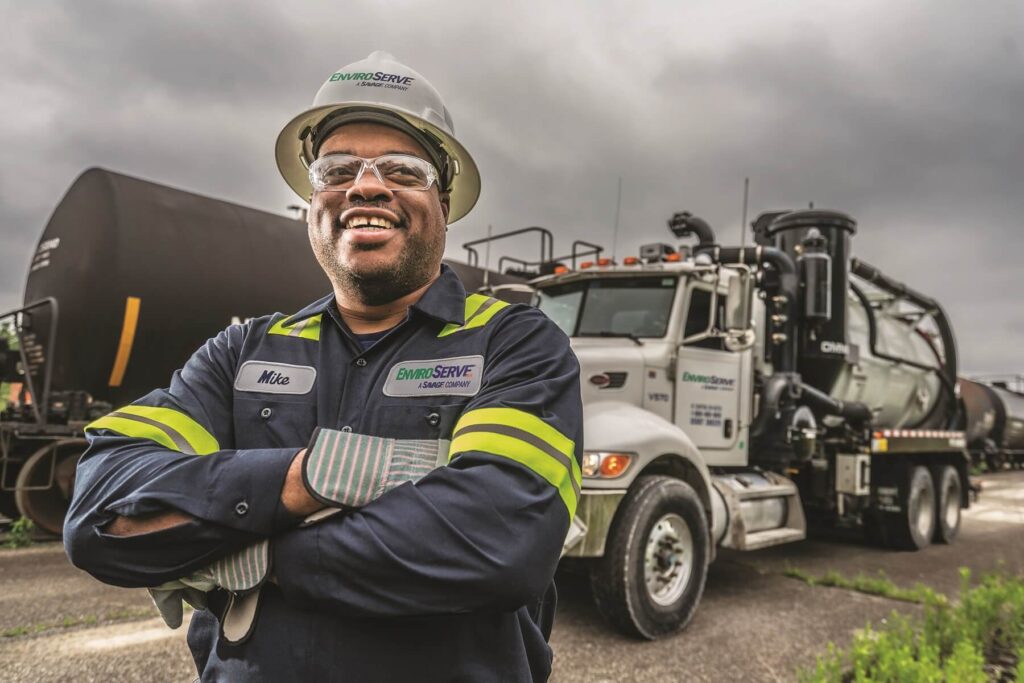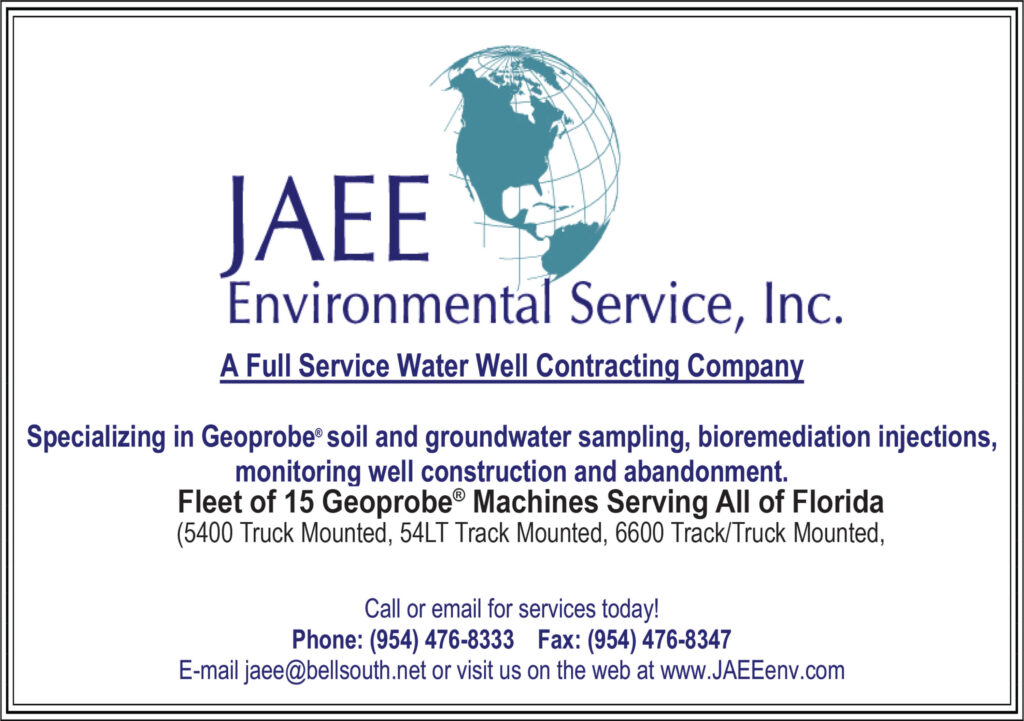By STEVE SOLTAU,
H2O-Knowledge Pro

Plant City, famous for its annual Strawberry Festival, sits along the fast-growing I-4 corridor between Tampa and Lakeland as one travels east toward Orlando. Like much of Florida, the city is facing unprecedented growth, placing a strain on local natural resources which present the city with two significant threats.
THREAT 1
Plant City is facing a projected 65% population increase during the next 25 years. The resulting 137% upsurge in water demand will quickly spike to quantities that may exceed the current permitted amount of 10 million gallons a day (MGD) to 19 MGD by 2045.
The city’s population is expected to increase by more than 65 percent in the next 25 years.
An increase of 109,000 residents (Hazen, 2021).
THREAT 2
The City of Plant City owns and operates a 10 MGD Advanced Water Reclamation Facility producing an average of 5.0 MGD of highly-treated reclaimed water (RCW).
In early 2021, Florida Governor Ron DeSantis signed into law Senate Bill 64 (SB64), essentially eliminating non-beneficial surface water discharges.
Lynn Spivey, Director of Utilities for the City and decades-long advocate of alternative recycled water uses, saw opportunities where others saw threats.
Spivey believes “there is more than one option for increasing our water supply while reasonably and responsibly discharging plant effluent. We already have high quality effluent permitted for discharge and infrastructure for RCW irrigation in place.
The McIntosh Preserve is here; we will be using our highly-treated recycled water to hydrate those wetlands. It only makes sense potable reuse should be included in what we do as another tool in our toolbox.”
Guided by Spivey’s vision, the city broadened their strategic planning horizons to include future sustainability while remaining a steward of their natural resources.
“We are being challenged to do better” is the message Spivey put to her staff and city leadership. The goal is to remain water secure and in control of our own water choices.
Drivers and stakeholders for this initiative are identified to include: the Florida Dept. of Environmental Protection (FDEP), SW Florida Water Management District (SWFWMD), Hazen and Sawyer (a professional consultant with a strong leadership in water), supporters of appropriations for funding (State Senate and Representatives), the entire Utility Department, and city leaders and residents (rate payers).
Drivers
1) Plan for desired growth rather than react to unplanned growth,
2) Beneficial use of high-quality effluent, and
3) Recycled water as a supplement to groundwater potable supply
THREAT 1 SOLUTION
Surrounded by two powerhouse regional water suppliers, the city must “find new water supplies or get gobbled up and forced to buy water from them” says Assistant Engineer Carlyn Higgins, Ph.D, E.I., with Hazen and Sawyer.
Using SB64 to their advantage, the city is piloting a scaled-down version of an advanced water treatment facility to study the utilization of at least 1.5 MGD of highly treated effluent to develop a new source of potable water supply.
“We don’t want to hurt our environment by drilling new wells, even if we could get them permitted. We are finding another way to get water to provide the community with a safe and reliable source,” said Higgins.
A portion (27 gallons per minute) of the highly treated effluent from the Plant City Advanced Water Reclamation Facility is diverted to a pilot plant and treated to drinking water standards through membrane filtration, reverse osmosis, and advanced oxidation with ultraviolet disinfection.
During the first process, membrane filtration, substances such as particles, silt, bacteria, viruses, and other suspended solids are trapped and filtered out of the water. At the reverse osmosis stage, water is forced through semipermeable membranes removing even smaller particles including dissolved solids such as salts and pharmaceuticals.

After the reverse osmosis treatment, water travels through an ultra-violet advanced oxidation process to alter any remaining substances by causing a chemical change eliminating electrons in its atomic structure.
“Together, these treatment processes produce purified water that is of equal or higher quality than required by state and federal drinking water standards,” said Higgins.“ Using advanced treatment technology to remove undesirable constituents is a way to identify and demonstrate potable reuse as a sustainable source of drinking water supply. This is of value to the city.”
Paul Biscardi, Ph.D, P.E., Associate at Hazen, said “The pilot is easily adjustable to meet different goals. Each treatment process can be given a calculated cost and these calculations can translate to the expense of specific goals and desired water quality endpoints.” Trends such as comparing chemical and electric usage to varied water quality goals are easily tracked. For example, testing revealed a pressure of 60 psi will result in an 80% recovery rate while 70 psi will produce an 85% recovery rate.
Rainfall from Hurricane Ian diluted the wastewater, increased flow rate, and radically changed water quality at the plant. Mike Darrow, Utilities Operations Superintendent, praised the pilot system’s ability to change and adjust parameters. “The system allows for fluctuations such as industrial waste or major rainfall events,” Darrow said.
FDEP is requiring a minimum of 12 months of data to provide opportunity for seasonable water quality differences including temperature, flow rate, and turbidity. “Varying the data will help the rule makers understand the multi-barrier approach” said Higgins, but do not underestimate the cost. Technology is not cheap Spivey says, “We are spending the funds needed to ensure that we are safely treating the water and paying the laboratories to analyze the water to trace levels of substances not yet listed by EPA.”
FDEP has not yet defined its rules for potable reuse in the Sunshine State but are currently in the process. Future rules will guide the city’s decisions. “The needs of the city weighed against what the final rule allows” is the goal of the pilot study says Higgins.
THREAT 2 SOLUTION
The McIntosh Preserve, a 363-acre prairie wetland area north of the city, is capable of naturally removing up to 50% of pollutants from receiving waters prior to entry into the Hillsborough River. Approximately 120 acres of the park have been used as stormwater treatment from the City of Plant City’s canal system via an agreement with SWFWMD. Several times a year, lack of rainfall results in the wetlands reverting to parched, grassy tundra.
The Integrated Water Management Plan is a partnership between Parks & Recreation and Utilities to recycle approximately 5 MGD of high-quality recycled through the wetlands. Public access to the Preserve is being improved with the addition of boardwalks and observation towers.
McIntosh Preserve, a prairie wetland area capable of removing 50% of the pollutants prior to entering the Hillsborough River.

According to the city, the aim is to expand and restore the wetlands, mitigate localized flooding conditions, and enhance the hydrology of the area so “the storm water that is routed offline in the southeastern corner of the property will be treated and reduce 3,000 pounds of nitrogen and 1,500 pounds of phosphorus from the Hillsborough River.”
The Integrated Water Management Plan is an ongoing line item in the city’s capital improvement planning and budgeting cycles over the next several years. For more information on McIntosh Preserve, visit plantcitygov.com.













































